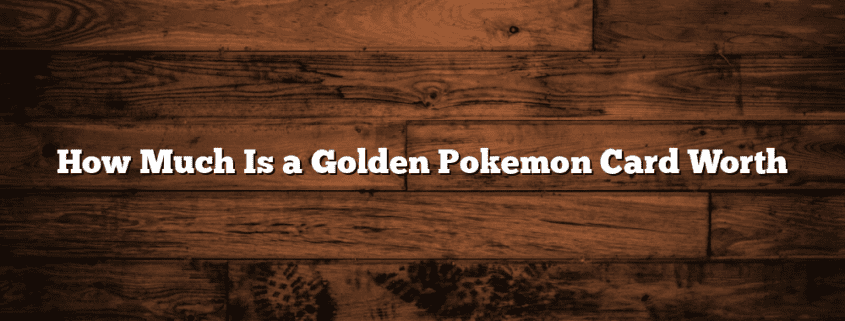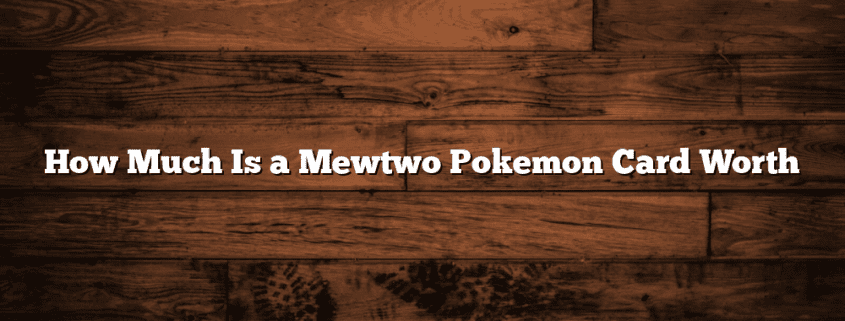How to Make Your Own Pokemon Card
How to Make Your Own Pokemon Card
Are you a fan of Pokemon and want to create your very own Pokemon card? Whether you want to design a card for yourself or surprise a fellow Pokemon enthusiast, making your own Pokemon card can be a fun and creative project. In this article, we will guide you through the process of creating your own Pokemon card, from brainstorming ideas to designing and printing the final product. Let’s dive in!
1. Brainstorming and Conceptualizing
The first step in creating your own Pokemon card is to brainstorm and come up with a unique concept for your card. Think about the type of Pokemon you want to create, its abilities, and its characteristics. Consider the elements that make your Pokemon special and different from existing Pokemon cards. This is your chance to let your imagination run wild!
For example, if you want to create a fire-type Pokemon, think about its appearance, name, and special abilities. Is it a fierce dragon-like creature with the power to breathe fire? Or perhaps it’s a cute and mischievous fox with the ability to control flames. The possibilities are endless!
2. Designing Your Pokemon Card
Once you have a clear concept in mind, it’s time to bring your Pokemon to life through design. You can choose to design your card digitally using graphic design software like Adobe Photoshop or Illustrator, or you can opt for a more traditional approach and draw your card by hand.
If you decide to design your card digitally, start by creating a template for your card. The standard size for a Pokemon card is 2.5 inches by 3.5 inches. Include the Pokemon’s name, type, hit points (HP), attacks, and any special abilities or weaknesses. Don’t forget to add an eye-catching illustration of your Pokemon!
If you prefer to draw your card by hand, use a blank piece of cardstock or thick paper as your canvas. Begin by sketching your Pokemon and then add the necessary details such as its name, type, and abilities. Once you’re satisfied with your drawing, you can color it using markers, colored pencils, or any other art supplies you prefer.
3. Adding Stats and Abilities
Now that you have the visual design of your Pokemon card, it’s time to add the necessary stats and abilities. Consider the balance of your card and ensure that it aligns with existing Pokemon cards. Here are some key elements to include:
- Name: Give your Pokemon a unique and catchy name.
- Type: Determine the type of your Pokemon (e.g., fire, water, grass).
- Hit Points (HP): Assign a value to represent the health of your Pokemon.
- Attacks: Create a list of attacks your Pokemon can use, along with their damage points.
- Weaknesses and Resistances: Identify any weaknesses or resistances your Pokemon may have against certain types of attacks.
- Special Abilities: Think about any unique abilities or powers your Pokemon possesses.
4. Printing Your Pokemon Card
Once you have finalized the design and details of your Pokemon card, it’s time to print it. If you designed your card digitally, you can print it at home using a color printer and high-quality cardstock. Make sure to adjust the print settings to ensure the colors and details come out accurately.
If you drew your card by hand, you can either scan it and print it using a color printer or take it to a local print shop for assistance. They can help you reproduce your card with professional printing equipment and ensure the colors are vibrant and the details are clear.
5. Sharing and Enjoying Your Pokemon Card
Now that your Pokemon card is ready, it’s time to share it with others and enjoy the fruits of your creativity. You can surprise a friend or fellow Pokemon enthusiast with your custom card, trade it with other collectors, or even showcase it on social media platforms dedicated to Pokemon fans.
Remember, making your own Pokemon card is a creative endeavor, and there are no limits to what you can create. Let your imagination soar and have fun throughout the process!
Summary
Creating your own Pokemon card is a fantastic way to express your creativity and share your love for Pokemon. By brainstorming unique concepts, designing captivating visuals, adding stats and abilities, and printing your card, you can bring your very own Pokemon to life. Remember to have fun and enjoy the process of creating something truly unique. Now, go ahead and unleash your inner Pokemon trainer!










